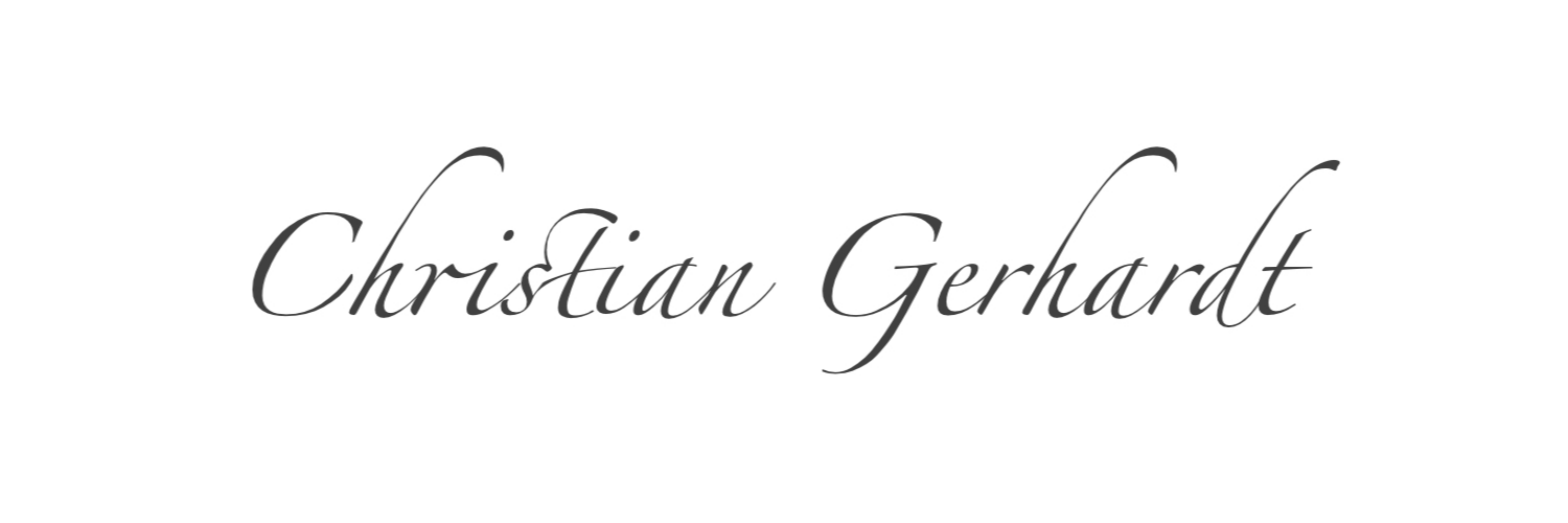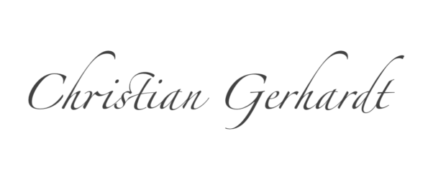Color Theory – Basics, Systems, and Effects of Colors
Color theory is a subfield of design that deals with the properties, effects, and systematic organization of colors. It plays a central role in art, design, architecture, and psychology, as colors have both aesthetic and emotional impact. Color theory helps to use colors purposefully to achieve specific effects or to create visual harmony.
Color Theory – Fundamentals, Systems, and Effects of Colors
Color theory is a subfield of design that deals with the properties, effects, and systematic organization of colors. It plays a central role in art, design, architecture, and psychology, as colors have both aesthetic and emotional impact. Color theory helps to use colors purposefully to achieve specific effects or to create visual harmony.
1. Primary Colors and Color Systems
There are various color systems depending on the field of application. The most important ones are:
a) Subtractive Color System (CMY/CMYK)
Used in printing. Primary colors: Cyan, Magenta, Yellow (+ Black for contrast = CMYK). Colors are created by mixing pigments that absorb light. Theoretically, mixing all three primary colors results in black.
b) Additive Color System (RGB)
Used in screens and digital media. Primary colors: Red, Green, Blue. Colors are created by mixing light. Mixing all three primary colors at full intensity results in white.
c) Artist’s Colors According to Itten
The Swiss artist Johannes Itten developed a well-known color model for painting. Primary colors: Red, Yellow, Blue. Mixing these produces secondary colors (Orange, Green, Violet) and tertiary colors (e.g., Red-Orange, Blue-Green).
2. Color Wheel
The color wheel is an important tool in color theory. It arranges colors in a circular form and shows relationships such as:
- Complementary Colors: Colors that are opposite each other on the wheel (e.g., Blue and Orange). They create strong contrasts.
- Analogous Colors: Colors that are next to each other. They create harmony.
- Triadic Colors and Color Contrasts: Triangular arrangements on the wheel result in balanced color combinations.
3. Itten’s Color Contrasts
Itten defined seven key color contrasts:
- Hue Contrast: Pure, bright colors placed side by side.
- Light-Dark Contrast: Difference in brightness (e.g., white vs. black).
- Warm-Cold Contrast: Effect of cool (blue, green) vs. warm (red, yellow) colors.
- Complementary Contrast: Colors opposite on the color wheel.
- Simultaneous Contrast: Colors influence each other’s perception.
- Quality Contrast: Pure colors vs. muted colors (e.g., mixed with gray).
- Quantity Contrast: Ratio of the area covered by different colors.
4. Psychological and Symbolic Effects of Colors
Colors evoke certain associations and emotions, depending on culture and context:
| Color | Effect/Association |
|---|---|
| Red | Energy, love, danger, passion |
| Blue | Calmness, trust, coldness, seriousness |
| Yellow | Optimism, light, warning |
| Green | Nature, hope, freshness |
| Violet | Mystery, luxury, creativity |
| Black | Elegance, death, authority |
| White | Purity, innocence, emptiness |
5. Application of Color Theory
Color theory is applied in many fields:
- Art and Painting: Expressing emotions, building compositions
- Design and Advertising: Creating specific effects and attracting attention
- Fashion: Combining colors for certain styles
- Interior Design: Designing rooms with mood-enhancing colors
- Psychotherapy: Using colors to support well-being



No Comments